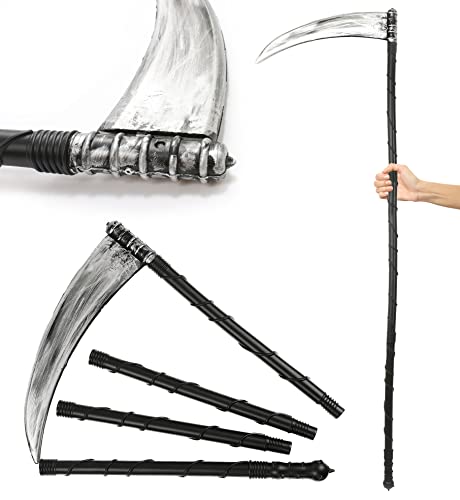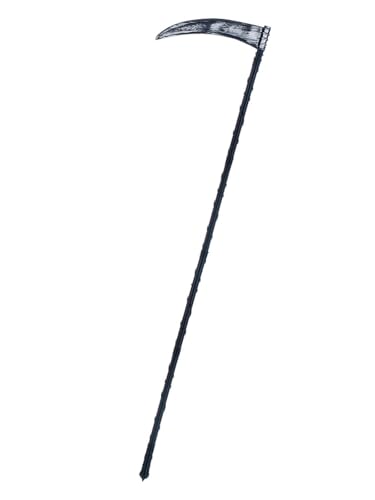Understanding the Proper Technique for Using a Scythe
Scythes have been used for centuries as a powerful tool for cutting grass, weeds, and crops. Although they may seem old-fashioned, learning how to use a scythe properly can be both practical and efficient. From selecting the right scythe to understanding the correct technique, this article will guide you through the proper use of this traditional tool.
Choosing the Right Scythe
Before diving into the technique, it is crucial to choose the right scythe for your needs. Scythes come in different sizes and designs, so finding one that suits you can significantly impact your efficiency. The main factors to consider when selecting a scythe are the blade length, the handle type, and the curvature of the blade.
The blade length should be adjusted according to your height and the type of vegetation you will be cutting. A longer blade is suitable for tall individuals, while a shorter blade is better for shorter individuals or tight spaces. As for the handle type, there are two main options: the snath (straight handle) and the cradle (curved handle). Each has its advantages, so it’s essential to choose based on your personal comfort and the tasks you will perform.
Finally, the curvature of the blade, also known as the snath’s sweep, determines the efficiency of the scythe. The curvature can vary from a gentle curve to a more aggressive one. Choosing the right snath sweep depends on the type of vegetation you will be cutting and your personal preference.
The Correct Scything Technique
Using a scythe requires proper body posture and coordinated movements. Follow these steps to achieve the correct scything technique:
- Stand with your feet shoulder-width apart, keeping a stable base.
- Hold the scythe handle firmly with one hand near the top of the handle and the other hand lower, closer to the snath’s connection.
- Start with the blade parallel to the ground and angled slightly backward.
- With a smooth motion, swing the scythe from the side, allowing the blade to gently touch the ground and glide along it. Let the waist act as the pivot point, utilizing your whole body to generate power.
- While swinging the scythe, maintain a relaxed grip, allowing the blade to do the work. Avoid forcefully pushing or chopping at the vegetation.
Tips for Safety and Maintenance
While using a scythe, it is essential to prioritize safety and maintain the tool properly. Here are some valuable tips:
- Wear appropriate protective equipment, such as gloves, long pants, and closed-toe shoes, to prevent injuries from flying debris or accidental contact with the blade.
- Regularly inspect the scythe’s blade for any signs of damage or wear. Sharpen the blade when necessary using a scythe stone or a file.
- After each use, wipe the blade clean and apply a thin layer of oil to prevent rust and ensure its longevity.
- When not in use, store the scythe in a dry and secure location, preferably hanging it to avoid any accidental contact.
Benefits of Using a Scythe
Using a scythe has several benefits that make it a desirable tool for cutting vegetation. Here are a few advantages:
- Eco-friendly: Unlike powered gardening tools, a scythe is powered by human energy, making it an environmentally friendly option.
- Quiet operation: Scything allows you to work quietly, especially suitable for noise-sensitive areas or when not disturbing the peace is desired.
- Exercise and mindfulness: Using a scythe engages your whole body and requires concentration, providing an opportunity for physical exercise and mental relaxation.
- Cuts a wide range of vegetation: Scythes can effectively cut grass, weeds, crops, and even small shrubs, making them versatile for various gardening and landscaping tasks.
By following the proper technique and taking care of your scythe, you can harness the power of this ancient tool and achieve efficient and satisfying maintenance of your outdoor spaces.






